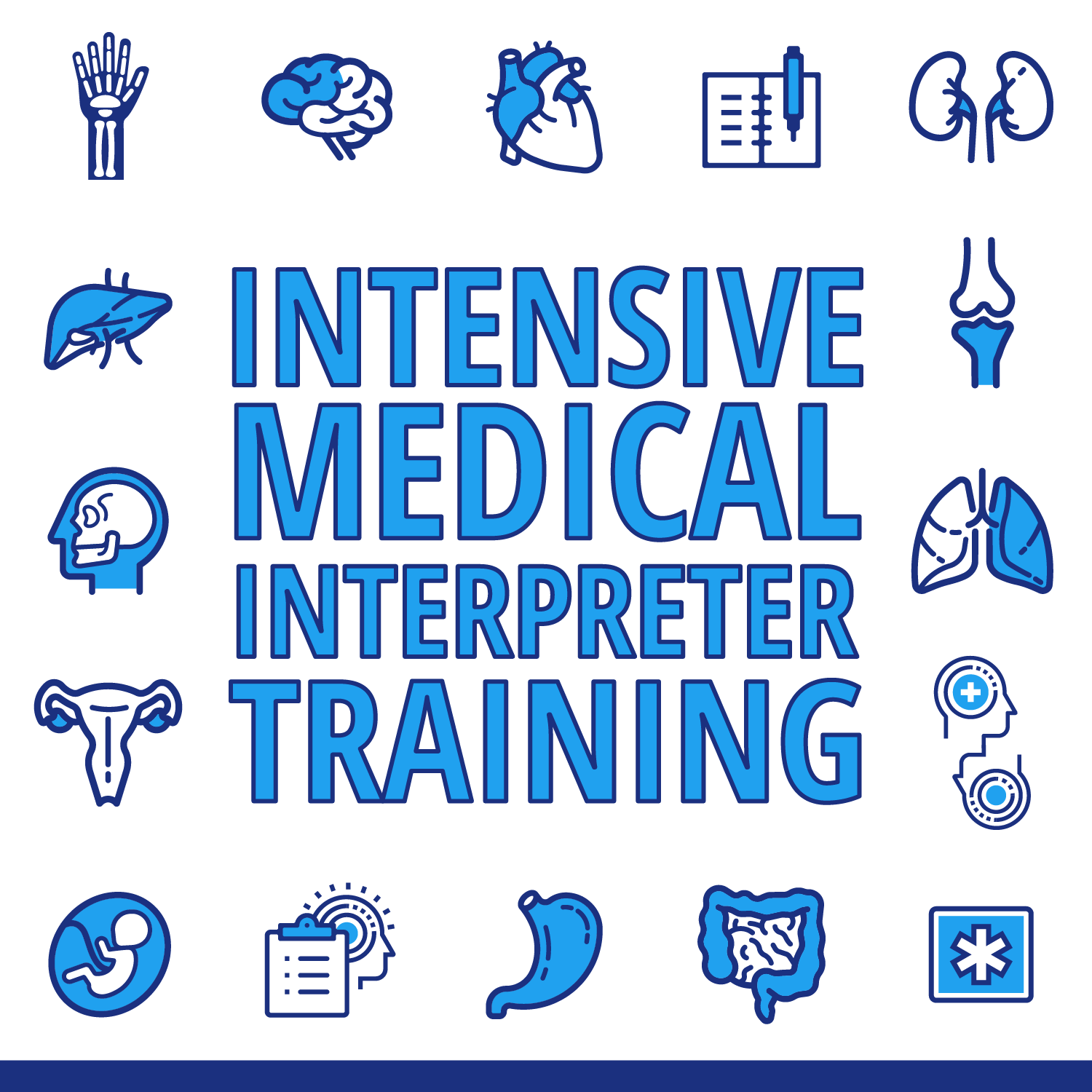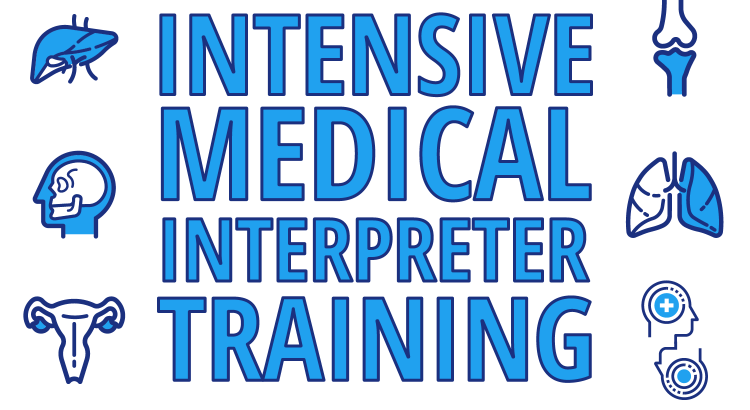Another role of a medical interpreter is to be an information gatekeeper in the sense that it’s expected that only vital and important information is being relayed to the doctor and cut off interactions that deemed to be unimportant to the actual medical case. In some cases, patients can be chatty and would tell stories or information that are not related to his/her medical issue. In this case, doctors will sometimes tell the medical interpreter to only tell the doctor what is necessary. The ability of the interpreter to effectively limit the narrative of a patient can save time and appreciated by the doctors.
An interpreter is also considered as emotional support to the patient as we naturally feel a connection to someone who speaks our language. In this case, some non-conduit bond is permittable if it will help the patient open-up more that will result in doctor having all the information he/she might need to make a medical assessment.
Medical providers require that their medical interpreters are certified before hiring them. One doesn’t need to have a degree in the medical field or languages to get certified. The main thing is that the candidate can speak the source and target languages fluently. The candidate should also be able to effectively translate impartially and accurately. Working in the medical field, it is expected that the candidate is knowledgeable of medical terminologies. It is also important that the candidate adheres to the highest level of ethical standards for health care interpreters.
* The main core of the health care industry is to ensure that the patient’s wellbeing is taken care for. It means that a medical interpreter should support the health and wellbeing of the patient and cause no harm.
* The interpreter should be able to convey the message as accurately as possible and remain faithful to the original message adhering to the essential function of their role. The interpreter should be conscious of not sharing his/her own biases or beliefs nor provide counseling or advice as this is the responsibility of health providers. In cases where the remarks are considered vulgar or offensive, the interpreter is still expected to relay the information as this can still have a valuable source of data. However, on some occasions, the interpreter can tell the speaker that his/her message can be perceived rude or inappropriate by the other party and the speaker can modify his/her language as the interpreter is obligated to communicate the message as is.
* Respecting the cultural differences and understand its importance in interpreting the message without causing miscommunication and misunderstanding between the patient and the doctor.
* The interpreter should honor the privacy of the patient and never disclose all private information beyond the “treating team”. Although in some cultures, it is always given that health information of an individual can be shared with family members, a medical interpreter should adhere to the general rule that it is the prerogative of the patient to whom he/she would want to share her medical information, or information about the clients’ finances, including investments or credit scores.
How to become one? The candidate should attend an accredited medical interpreter training course which usually requires 40 hours of training. Other employers require a minimum of 160-hour course to be considered. A candidate might be bilingual but if he/she can’t pass the Language Testing International which tests a candidate’s written, verbal, comprehension, and listening skills on the source and target languages, then further improvement on the source and target languages is required. The person should also be over 18 years old to ensure that the candidate has a level of maturity that is required to perform the role. The candidate should also complete at least a high school diploma.
With immigration and globalization are increasing, translators and interpreters are in high demand. In the United States, demand for interpreters and translators is expected to increase by 17% by 2026.





